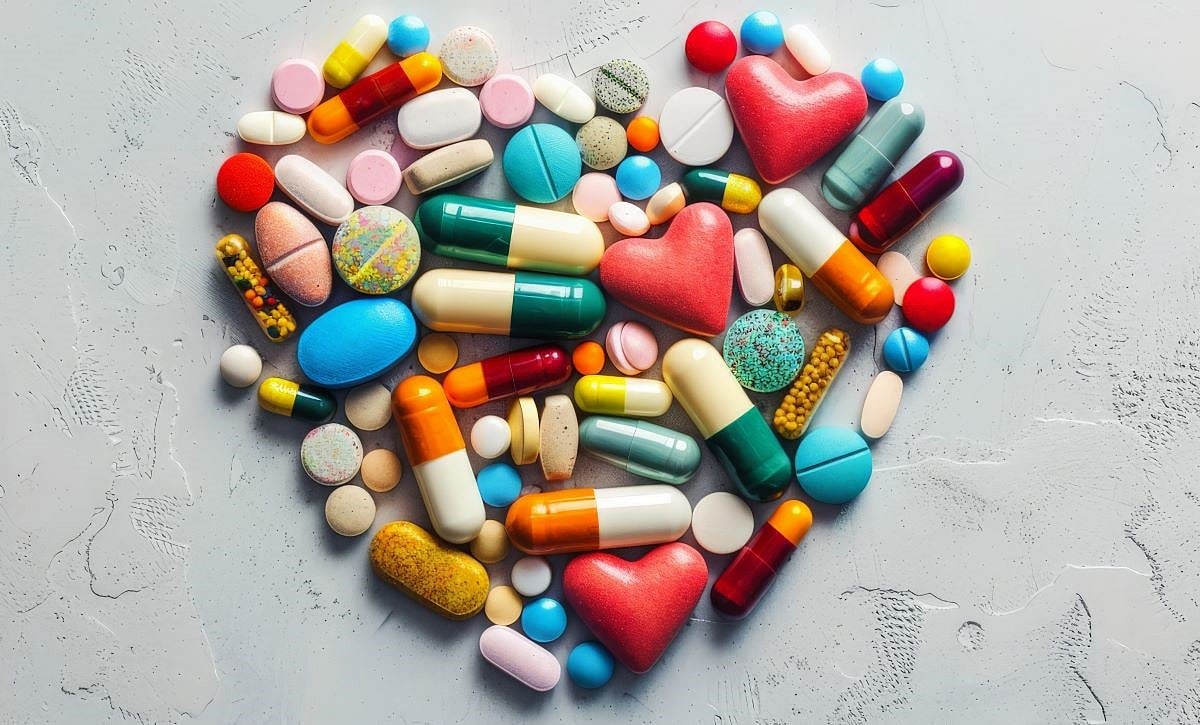Increases in hemodynamic signs seen with amphetamines, atomoxetine, lisdexamfetamine, methylphenidate, and viloxazine
By Elana Gotkine HealthDay Reporter
MONDAY, April 21, 2025 (HealthDay News) — Many pharmacological treatments for attention-deficit/hyperactivity disorder (ADHD) lead to increases in hemodynamic signs, including blood pressure and pulse, according to a review published in the May issue of The Lancet Psychiatry.
Luis C. Farhat, Ph.D., from the Universidade de São Paulo in Brazil, and colleagues compared the effects of pharmacological treatments for ADHD on hemodynamic signs and electrocardiographic parameters in children, adolescents, and adults. Published and unpublished randomized controlled trials (RCTs) comparing amphetamines, atomoxetine, bupropion, clonidine, guanfacine, lisdexamfetamine, methylphenidate, modafinil, or viloxazine — either against each other or against placebo — were identified; 101 RCTs with short-term follow-up were included, encompassing 22,257 participants.
The researchers found that in children and adolescents, adults, or both, amphetamines, atomoxetine, lisdexamfetamine, methylphenidate, and viloxazine led to increases in hemodynamic signs. Among children and adolescents, the mean increase against placebo varied from 1.07 mm Hg with atomoxetine to 1.81 mm Hg with methylphenidate for systolic blood pressure; from 1.93 mm Hg with amphetamines to 2.42 mm Hg with methylphenidate for diastolic blood pressure; and from 2.79 beats per minute (bpm) with viloxazine to 5.58 bpm with atomoxetine for pulse. Among adults, the mean increase against placebo ranged from 1.66 mm Hg with methylphenidate to 2.3 mm Hg with amphetamines for systolic blood pressure; from 1.6 mm Hg with methylphenidate to 3.07 mm Hg with lisdexamfetamine for diastolic blood pressure; and from 4.37 bpm with methylphenidate to 5.8 bpm with viloxazine for pulse. In children and adolescents, and in adults, guanfacine was associated with decrements in hemodynamic signs.
“Our findings confirmed that amphetamines, atomoxetine, lisdexamfetamine, methylphenidate, and viloxazine may lead to short-term increments in heart rate, blood pressure, or both in children and adolescents, adults, or both age groups,” the authors write.
Several authors disclosed ties to the biopharmaceutical industry.
Copyright © 2025 HealthDay. All rights reserved.








